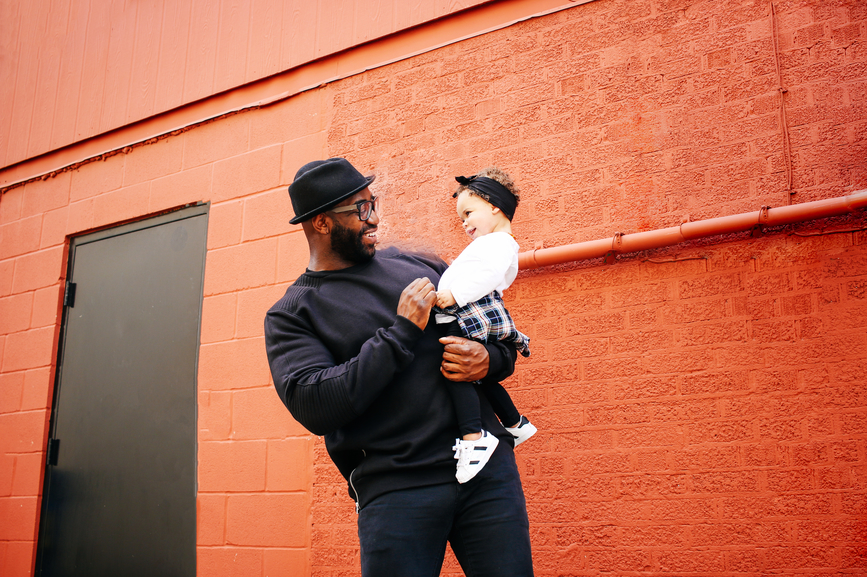As designers and creatives, we have a responsibility to create visual experiences that connect with a diverse audience. We should make sure our messages are accessible, relatable, and authentic. So, let’s dive into some strategies and techniques we can use to create designs that foster empathy, understanding, and inclusivity.

I can tell you, without diversity, creativity remains stagnant.
– Edward Enninful (Editor in Chief of British Vogue)
Understanding Inclusion and Equity in Design:
First, let’s get clear on what diversity, equity, and inclusion in the world of design actually means. Diversity is all about representation across different social, cultural, and ethnic backgrounds, gender identities, and age groups. Equity means fairness, making sure everyone has equal opportunities and resources to succeed. Inclusion is about creating an environment where everyone feels valued and respected for who they are.
For us designers, DEI involves many factors, from the imagery and language used in marketing materials to the accessibility of websites and apps for users with disabilities. By sticking to these principles, we can create designs that appeal to a broader audience and cultivate a more inclusive vibe.





Diversifying Imagery and Representation:
One of the most visible aspects of Inclusivity in design is imagery. As visual communicators, we should try to represent a diverse range of individuals in our designs. This means showcasing various races, ethnicities, body types, ages, gender identities, and abilities.
To do this, we need to be intentional about choosing images for projects. This might mean rethinking the stock photo libraries we use or working with diverse photographers and illustrators to create custom visuals. The goal is to challenge stereotypes and offer a more authentic representation of the world we live in.
Mindful Language and Messaging:
Language is another crucial part of accessibility and inclusion in design. We often work with copywriters to create messages that resonate with our target audience. It’s super important to be aware of the words and phrases we use, making sure they’re inclusive, respectful, and free from stereotypes. Try using gender-neutral language, avoiding regional or culturally specific slang, and steering clear of terms that might marginalize or alienate certain groups. By making thoughtful language choices, we can create messages that speak to a wider range of people.
Accessibility in Design:
It’s important we ensure that our designs are accessible and enjoyable for everyone, no matter their abilities. This means paying attention to things like color contrast, font sizes, and navigation structures in web design, as well as providing alternative text for images and captions for video content. By making our designs accessible, we’re not just meeting legal guidelines like the Americans with Disabilities Act (ADA); we’re also creating more inclusive and enjoyable experiences for all users.
Unleash Your Empathy:
Alright, we all know that simply following these steps won’t magically dissolve racism or ableism, but as creatives, we’ve got a part to play in making media a welcoming space for everyone. By weaving diversity, equity, and inclusion into the very fabric of our design process, we’re forging experiences that hit the mark in authenticity, relatability, and accessibility.


